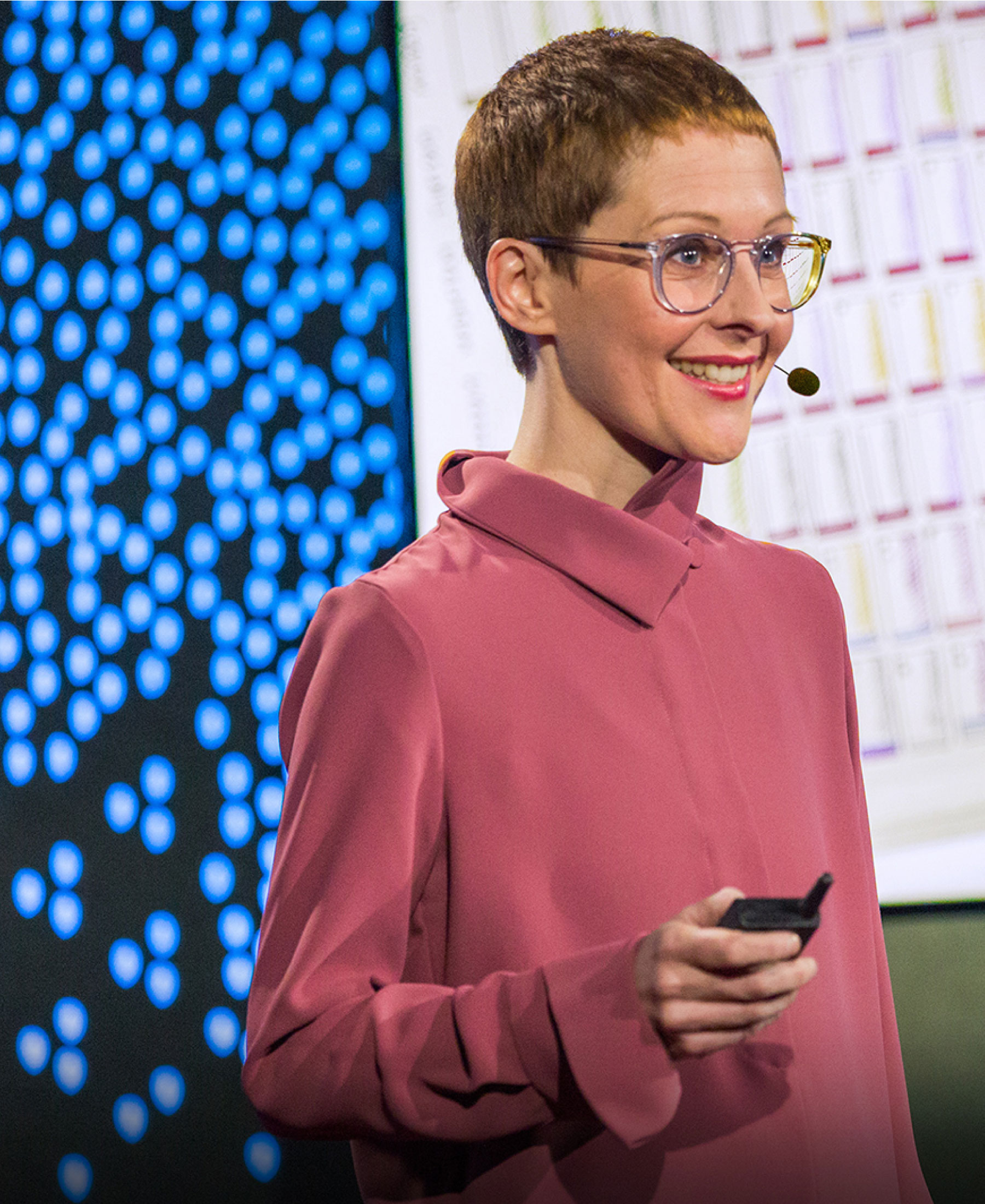
Author: admin

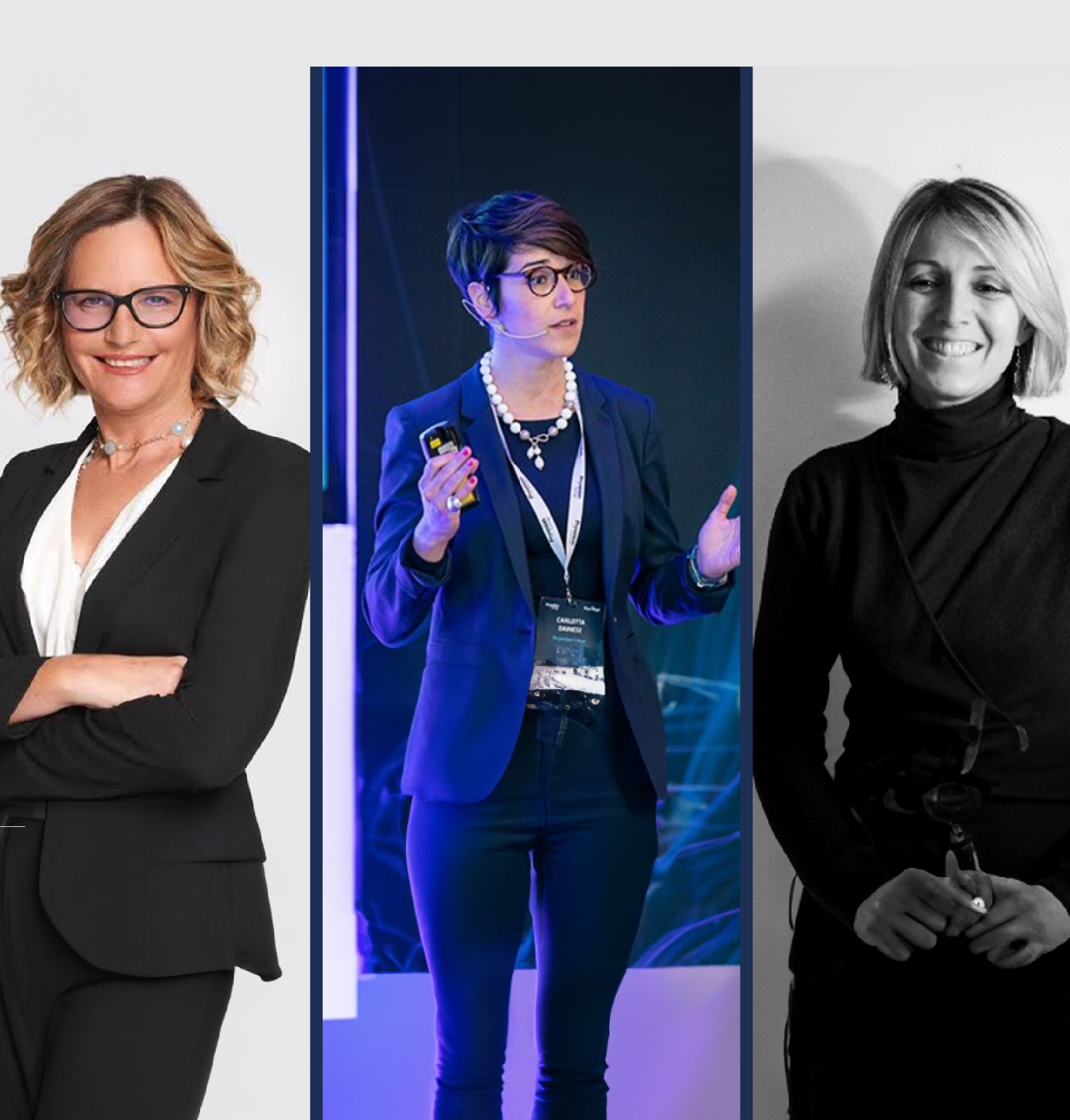
Three unstoppable women from PoliMi.
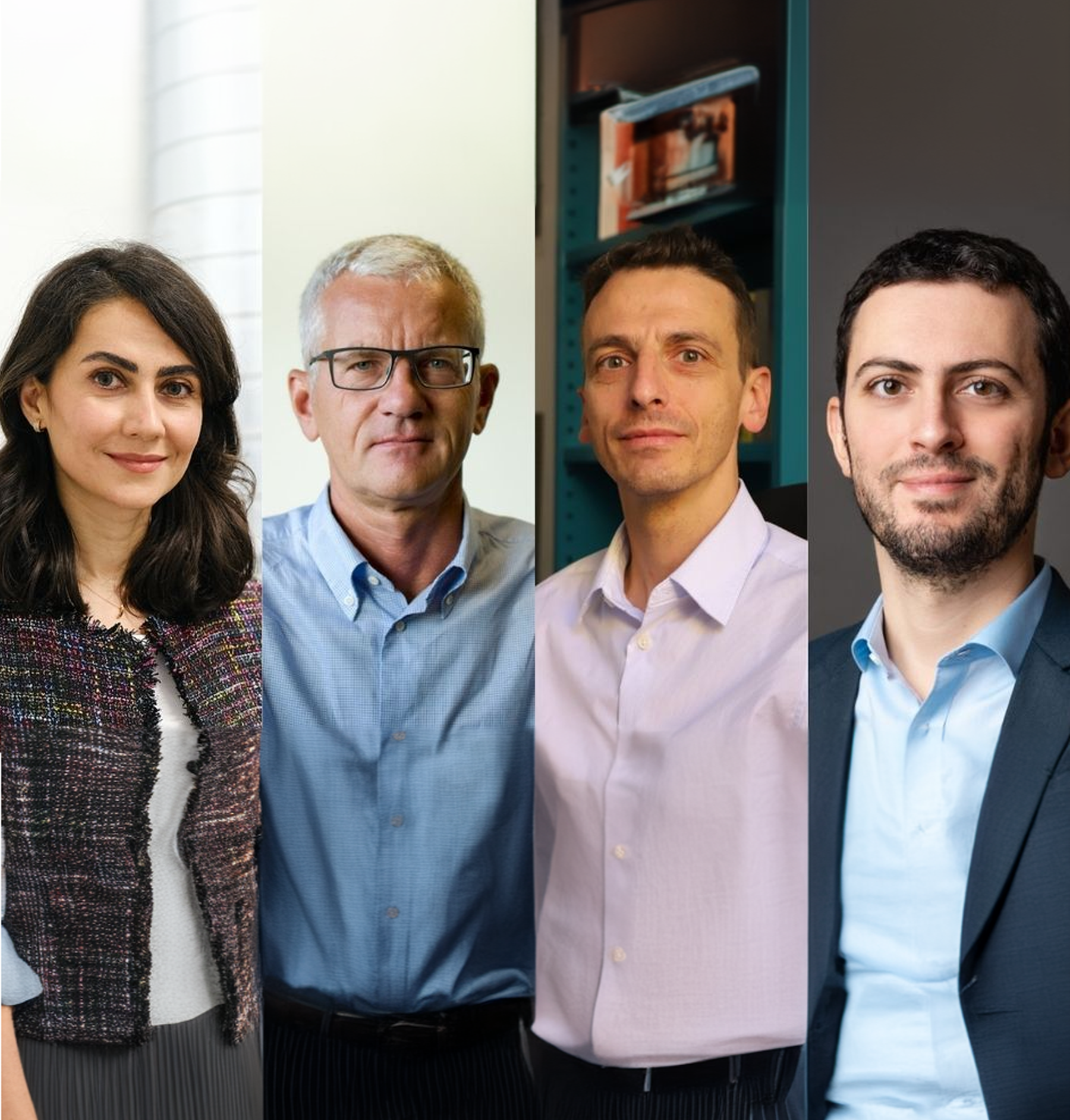
4 i ricercatori del Politecnico di Milano ottengono il finanziamento ERC Proof of Concept
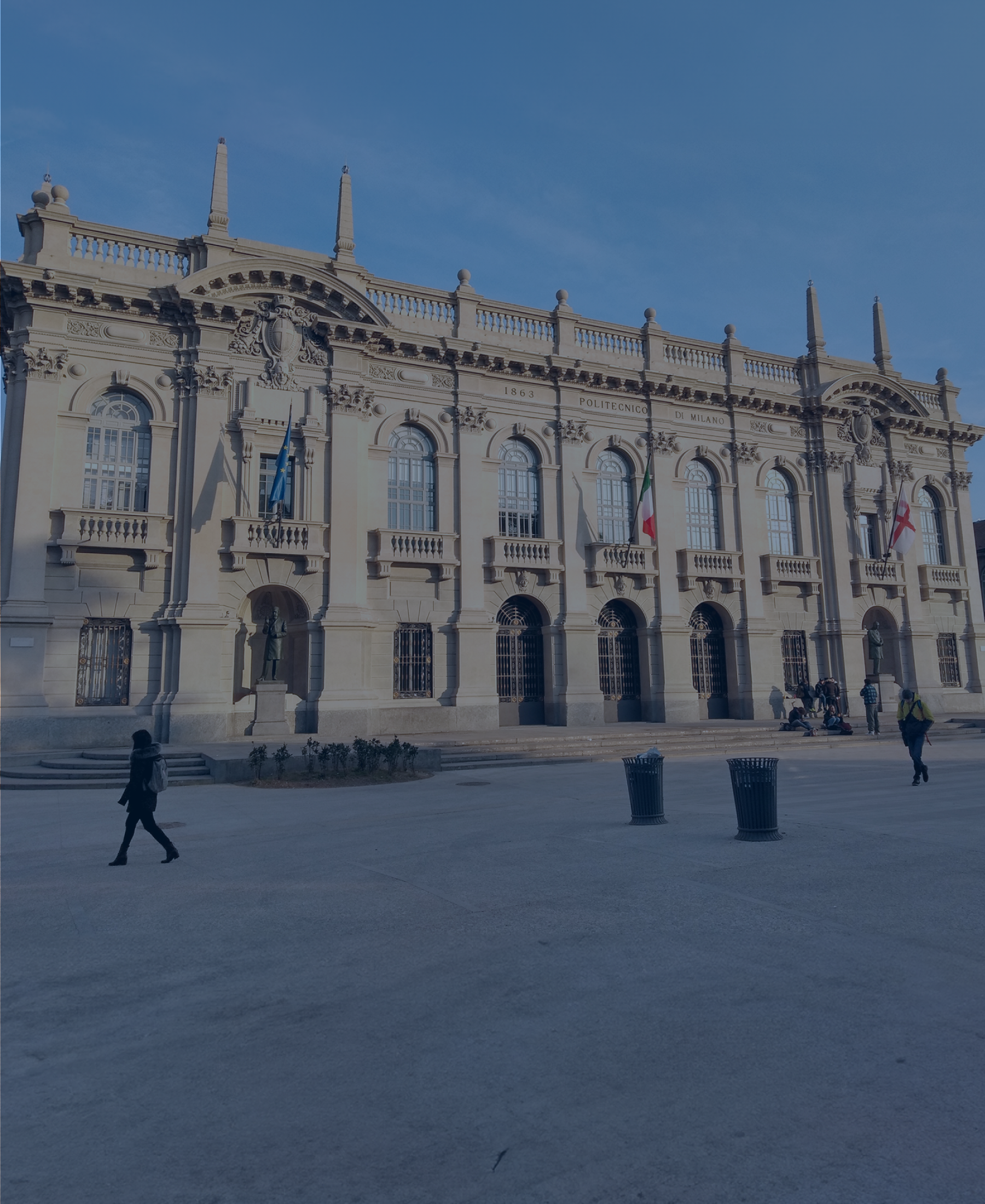
The results of 2024 occupational survey
97% of Master's degree graduates is already in employment one year after graduation, 72% are in permanent employment, with an employment rate of 98% for engineers. Employment rates five years after graduation rises to 99%.
One out of three Italian Master's graduates is already employed on the date of graduation, while almost all graduates (93%) have a job that is consistent with their degree; 95% are employed in the private sector. Moreover, Italian graduates of Politecnico di Milano are satisfied with their educational path (87%) and also with their current job (88%).
The fact that Politecnico di Milano guarantees full employment for its graduates is no longer news. The labour market recognises and welcomes the preparation of those who have studied at our university and this is fundamental.
Donatella Sciuto, Rector of the Politecnico di Milano
The net monthly salary of Italian Master’s graduates one year after graduation is 1,994 euros, with an increase of approximately 180 euros per month compared to the previous year, while five years after graduation it reaches an average of 2,460 euros net, marking a growth of 880 euros in four years.
More and more graduates of Politecnico di Milano choose to work in Italy: not only the Italian ones – of which 86% one year after graduation decide to remain in Italy and 87% five years after graduation – but also international students, 53% of them remain after one year (+2% compared to 2023 survey) and 37% after five years (+5% compared to last year). Those who decide to work abroad remain mostly in Europe.
There are other aspects that still deserve even more attention. Among these, the increase in net salaries, which is a key driver to retain talents in a labour market that has European boundaries. It is also important to underline the growing number of international graduates who decide to remain in Italy, a valuable resource for our industrial system.
Donatella Sciuto, Rector of the Politecnico di Milano
Employment rate rises also for foreign Master’s degree graduates trained at the Politecnico, which reach 89% one year after graduation, rising to 97% after five years.
Regarding Bachelor’s degree graduates, employment rate reaches 91% one year after graduation, rising to 97% five years after.
Survey methodology
The 2024 occupational survey was coordinated by the Politecnico di Milano’s Career Service, which supports and prepares students for entry into the world of work by establishing and maintaining contacts with leading national and international companies. In 2024, 8,800 graduates were interviewed. One year after graduating we received responses from: 73% of Italian Master's degree graduates, 58% of foreign Master's degree graduates, 74% of Bachelor’s degree graduates who did not stay on for postgraduate study at the Politecnico. Five years after graduating we received responses from: 54% of Italian Master's degree graduates, 39% of foreign Master's degree graduates, 53% of Bachelor’s degree graduates who did not stay on for postgraduate study at the Politecnico. The survey was conducted in early 2024 using an integrated CAWI: online and CATI: telephone methodology in collaboration with the Statistical analysis, evaluation and accreditation support Unit and the Alumni Office of the Politecnico di Milano. Graduates were asked to answer a multiple-choice questionnaire of about 20 questions.
Click here to read the full survey
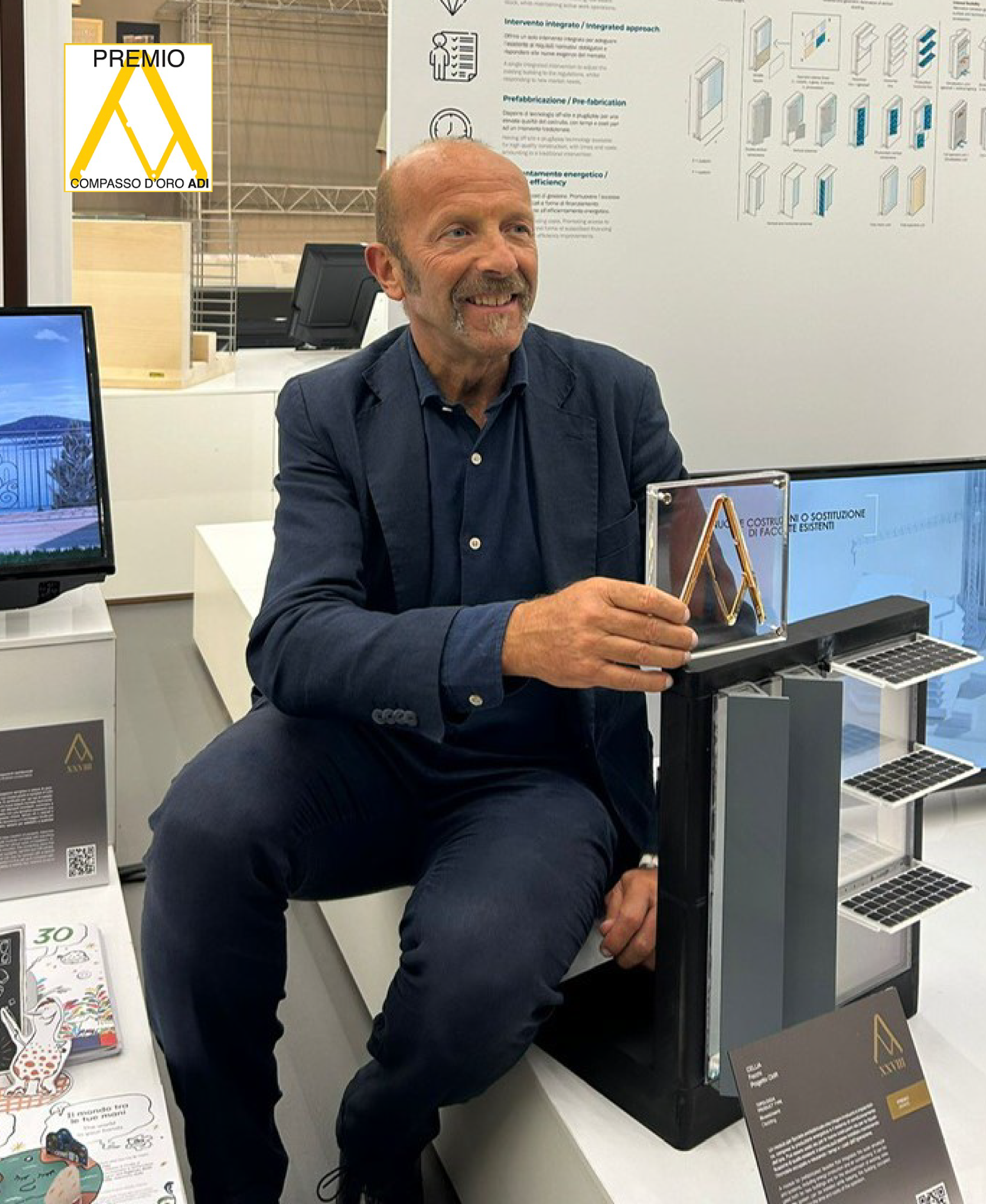
Massimo Roj wins Compasso d'Oro 2024
MILANO – L’architetto Massimo Roj, Alumnus del Politecnico di Milano, ha conquistato il prestigioso Premio Compasso d’Oro con “Cellia”, un innovativo sistema di facciata per edifici. Questo riconoscimento celebra l’eccellenza e l’innovazione dei prodotti di design.
"Cellia" is the first building façade system to be awarded the Compasso d'Oro, entering the ADI collection. Designed and patented by Massimo Roj together with Progetto CMR, in collaboration with Focchi Group, "Cellia" represents a high-tech module capable of interacting with the external environment. This system integrates essential components to improve the energy performance and, if necessary, the anti-seismic characteristics of buildings, ensuring a quick and non-invasive installation.
Innovation and Customization
Fully customizable, "Cellia" can adapt in finishes, dimensions and performance levels, adding aesthetic and functional value to buildings. Its components, engineered and manufactured off-site, ensure efficient assembly and easy and safe maintenance.
The award comes in a special year: 2024 celebrates the 30th anniversary of Progetto CMR and the 70th anniversary of the ADI Compasso d'Oro Award, founded by Gio Ponti in 1954. The award ceremony, held on Thursday, June 20, saw "Cellia" triumph in the design category of materials and technological systems, consolidating the success of the synergy between Progetto CMR and the Focchi Group.
"The idea of creating this module came from listening to the needs of the market, our partners and customers," explains Massimo Roj. Italy has an obsolete building stock, with 84.5 percent of buildings constructed before 1990. Cellia responds to the current need for renewal with contemporary solutions that combine functionality and aesthetics."
Maurizio Focchi, president of the Focchi Group, adds, "The envelope should no longer be considered just a technical separating element of a building, but an active component, crucial for sustainability and interior comfort."
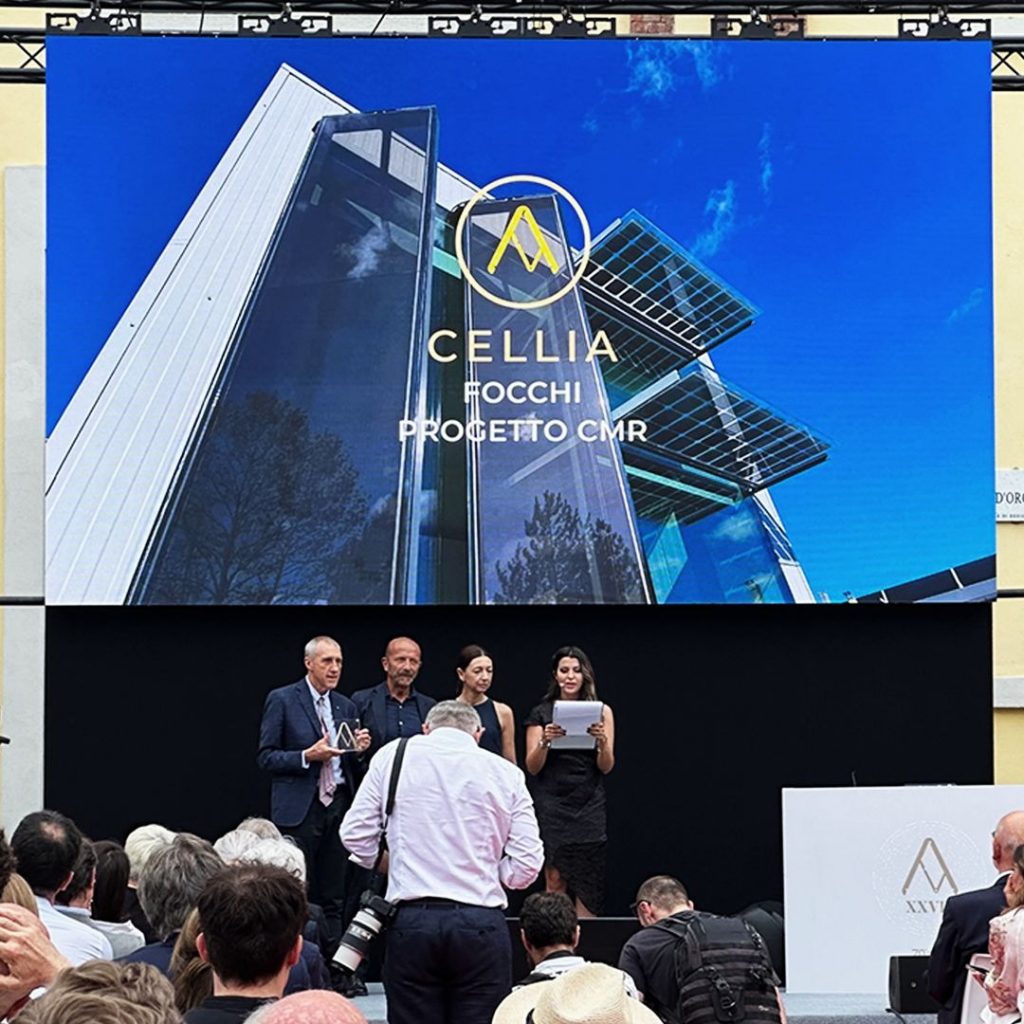
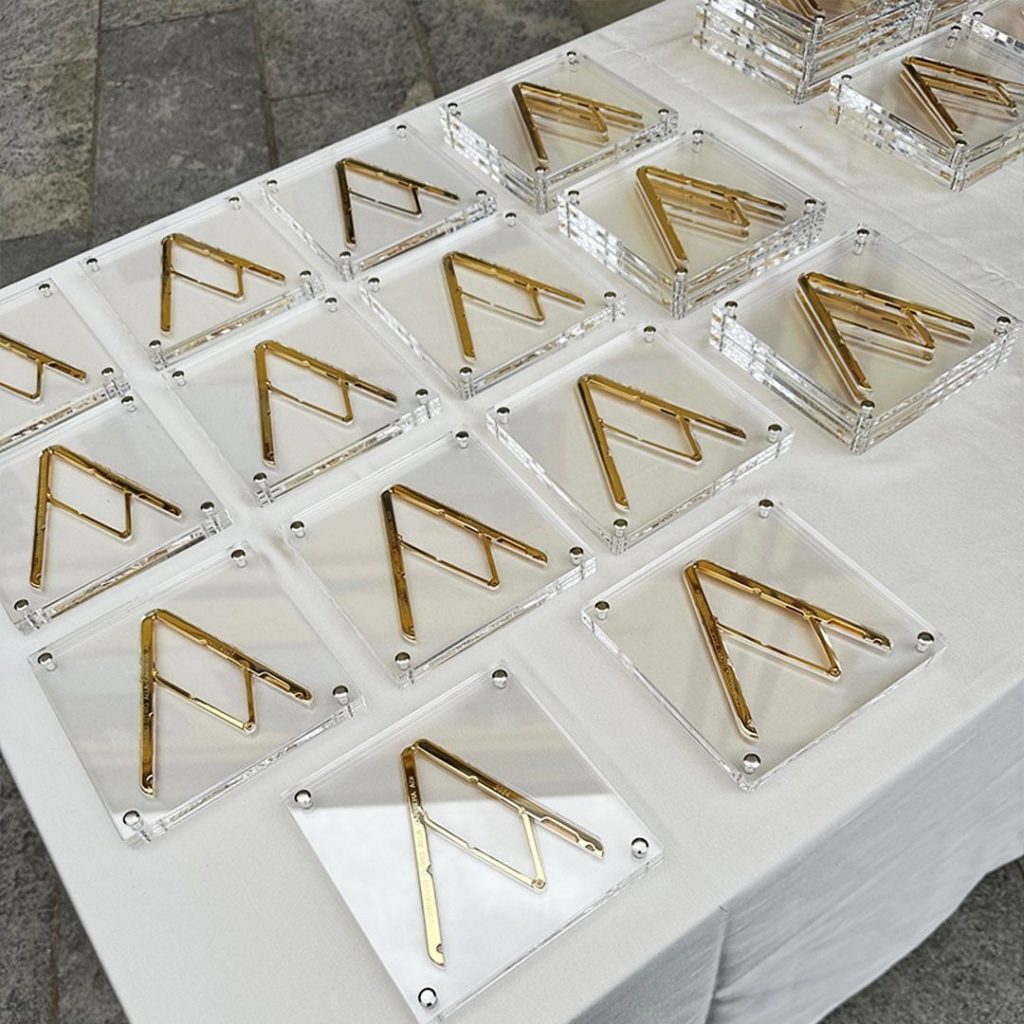
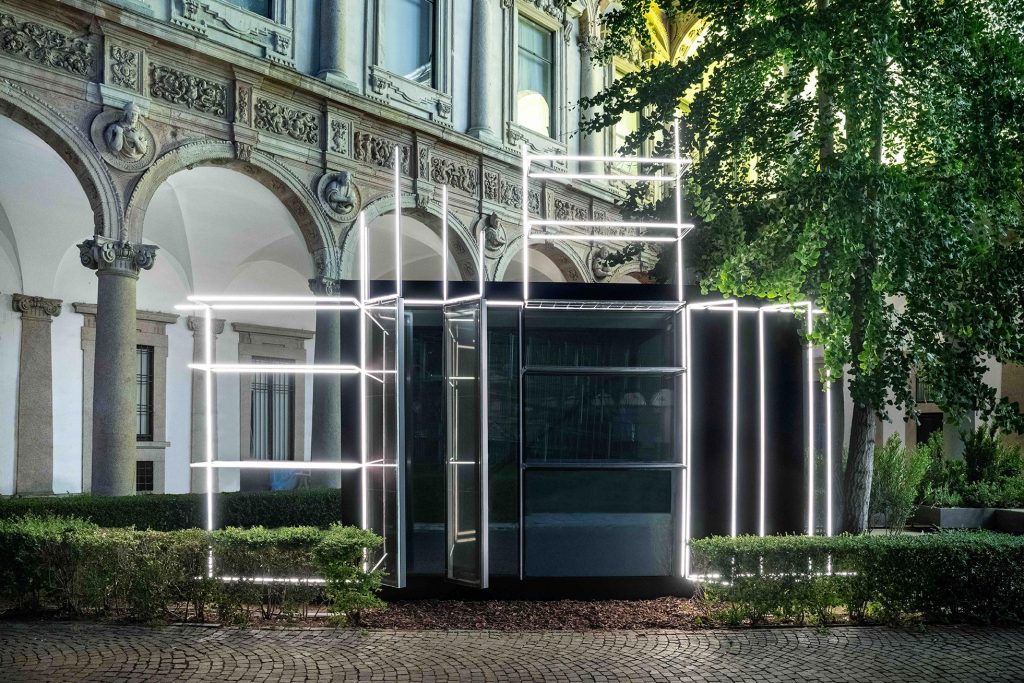
Massimo Roj's success is yet another example of how Politecnico di Milano alumni continue to positively influence the world of design and architecture, bringing innovation and quality to the highest levels. Politecnico di Milano is proud to celebrate this milestone, demonstrating how the education received at the university can create leaders in the field of architecture and design.

Stefano Rebattoni on the cover of Forbes
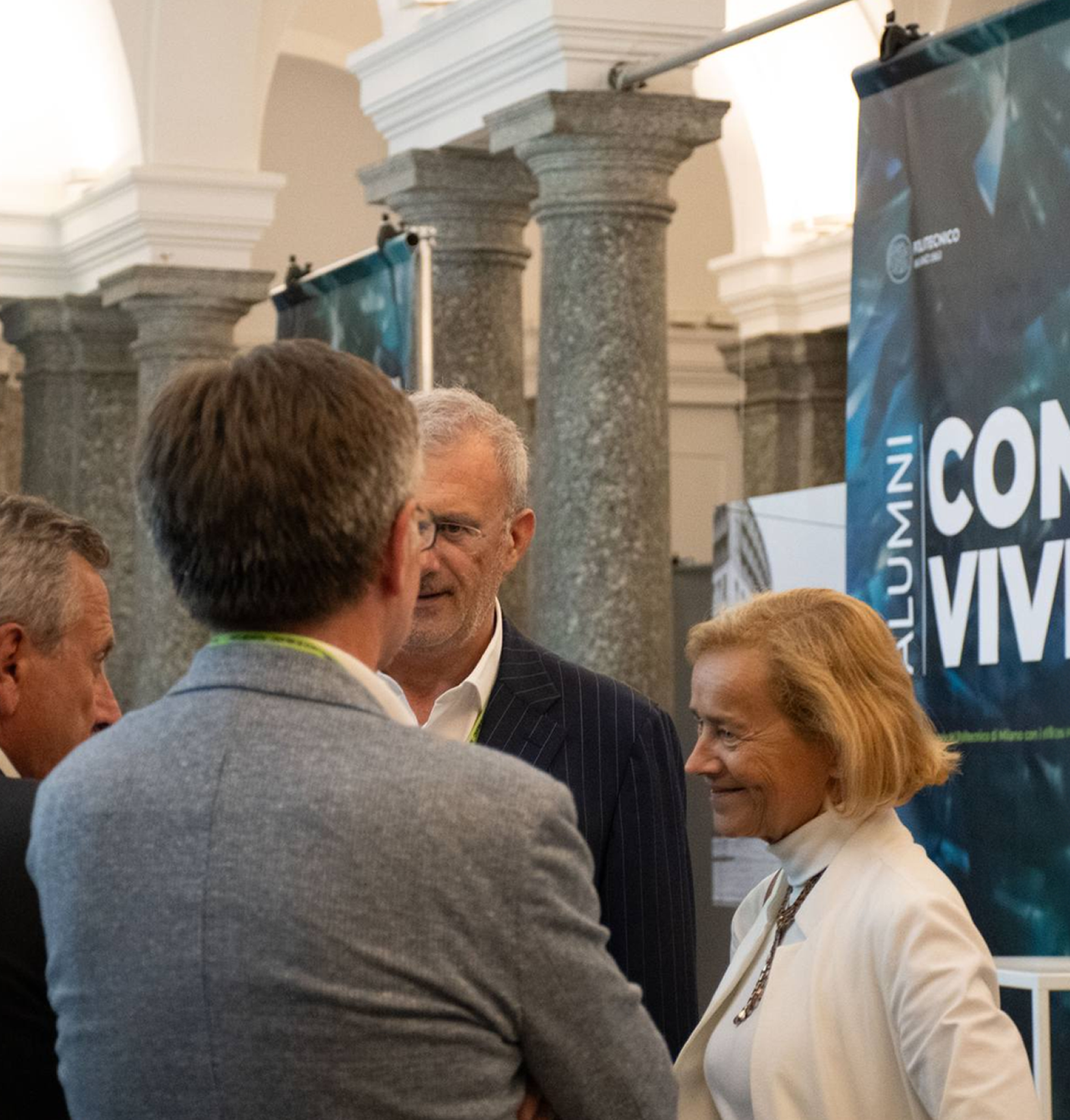
Convivio 2024

Relationships and mathematics: the case of San Vittore
In 2023, the Polisocial Awards contest (to find out what it is about, see here) identified and selected five research projects to be funded with the 5x1000 Irpef donations, thanks to all the Alumni who decided to allocate them to Politecnico di Milano.
The researchers started in November and will work for 15 months to frame situations of gap and need in certain neighbourhoods of the city of Milan. At Politecnico, the 5x1000 contributions are usually invested in projects which can be implemented in the short term while aiming to be replicable and have an effect in the long term; they are generally case studies that concretise solutions studied in larger projects and allow students and researchers to put into practice what they have learnt. They are:
METHEXIS
MATHEMATICS, NARRATIVES, AND GENERATIVE SPACES FOR EXTREMELY FRAGILE CONTEXTS
Mathematical models are the starting point to create a map of nodes describing the links and interactions in a group of people. The METHEXIS project focus on a case study in this field, analysing the young-adult section of the San Vittore prison, which is an unstable reality that is uninterruptedly changing due to the rapid turnover of people and volunteering associations. The researchers aim to develop a descriptive map-model of the relationships in place, to help shaping the planning and participation policies addressed to San Vittore’s people by introducing forms of sociability and peer support.
The figure shows a first pilot example of a network composed of 49 prisoners and keeps track of their participation in the proposed activities, so that researchers get to know who is in contact with whom and can reconstruct the link (connections) between the nodes (people) of the mathematical model. In this way, a mathematical object (graph) is constructed the properties of which can be studied. If interpreted in the light of the real situation, they give information about the social network between the people considered. The colours (shifting from red to blue as the number of ties increases) indicate the number of social relationships of each individual, while the size of the knot indicates the strength of the ties established by the individual. Interesting are the cases of prisoners who have few but all very strong relationships and, conversely, the cases of prisoners who have many but all superficial relationships. The 'number of social relationships' and the 'strength of ties' are examples of the way mathematical indicators can be interpreted in this specific context.
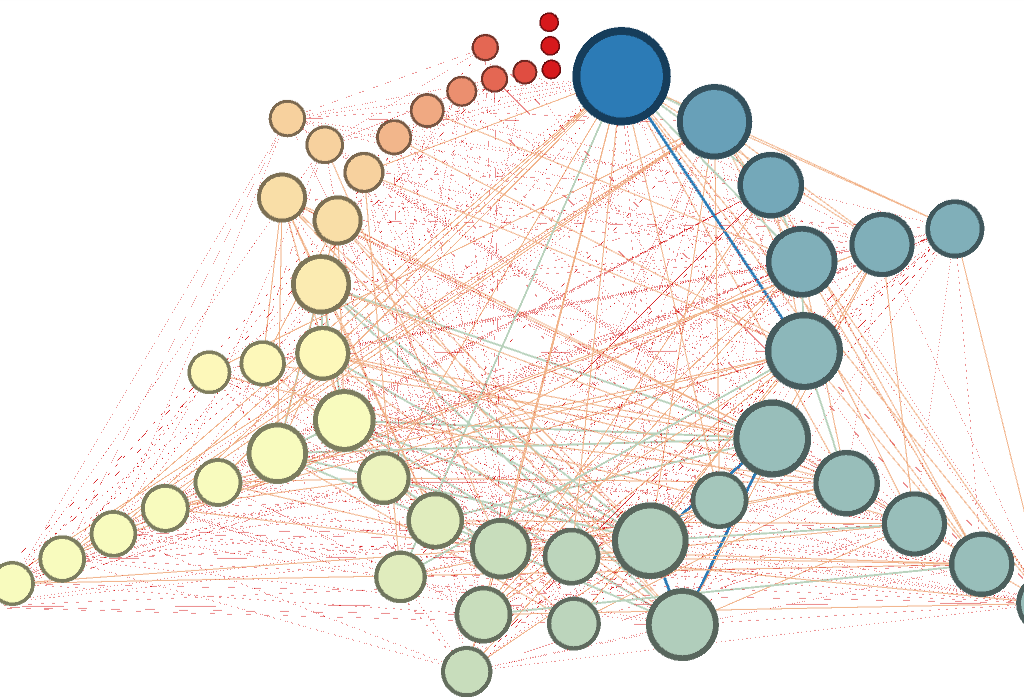
A second activity is the collection of qualitative data through Storylab. Quantitative and qualitative data will feed into the map-model of relationships to provide information on the reciprocal link between sociality and well-being. This work is the result of 'research through design', an interdisciplinary methodology that is an evolution of the use of experimental scientific method in social contexts. This method is common to the three research areas within the METHEXIS project: Engineering, Design and Architecture.
PROCESSING ACTIONS: STORYLAB AND THE MATHEMATICAL LABORATORY
StoryLab is a permanent participatory storytelling laboratory by Imagis Lab, a research group of the Design Department of Politecnico di Milano. It explores the imagination of prisoners, provides expressive tools and collects stories on San Vittore’s microcosm, with the dual aim of understanding this complex reality and communicating it to the outside world. In May 2023, the woman researchers in Design from Politecnico di Milano involved in Off Campus San Vittore started their activities in the Youth Adult Ward. Each weekly meeting records by about 15 participants. They take the floor and recount their life experiences, helped by the stimulus provided by images that form an iconographic repertoire from which to draw to activate the senses, memory and imagination. The images are accompanied by questions, grouped according to the different significant areas of the narrative world that is constructed and shared at each meeting: one introduces and tells about him/herself, his/her relationships and places, past and my present, values and desires. Within the framework of the METHEXIS project, Storylab allows for the collection of qualitative data on the profile of inmates in the ward, the ways they are involved in activities and the current and possible uses the ward spaces.
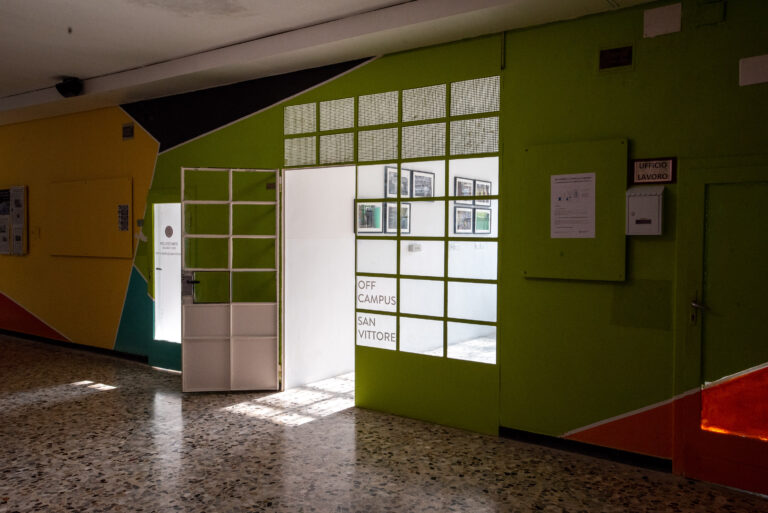

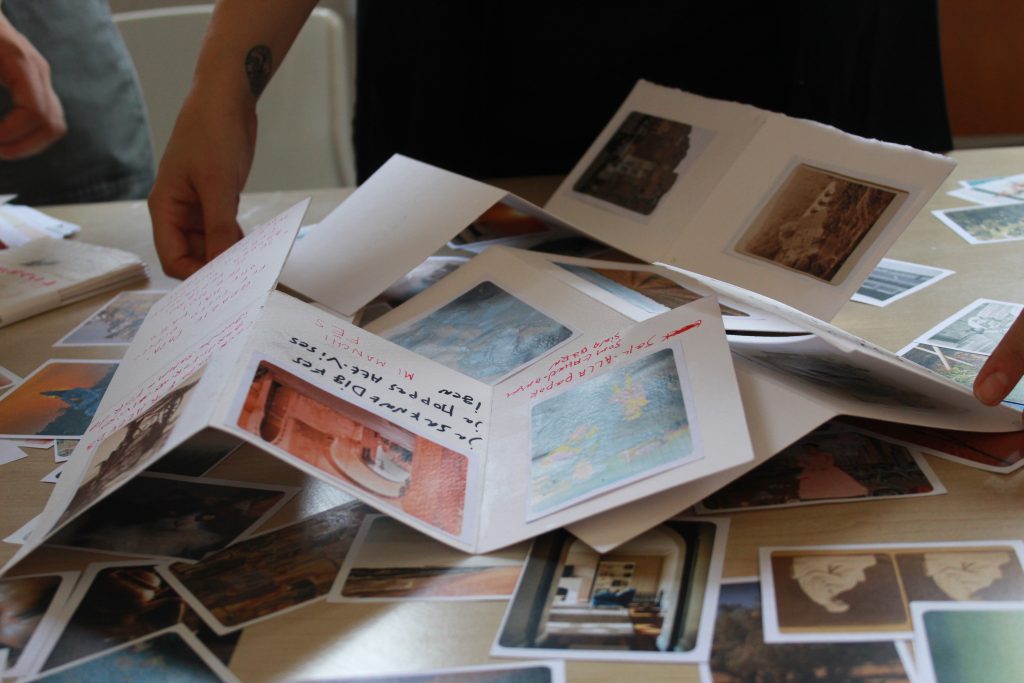
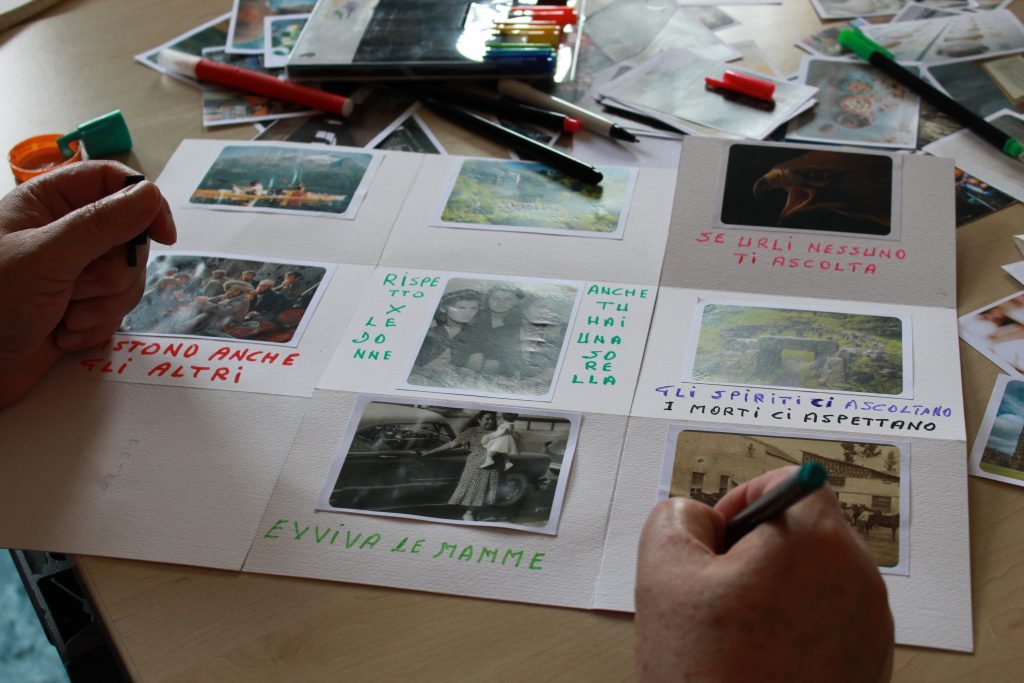
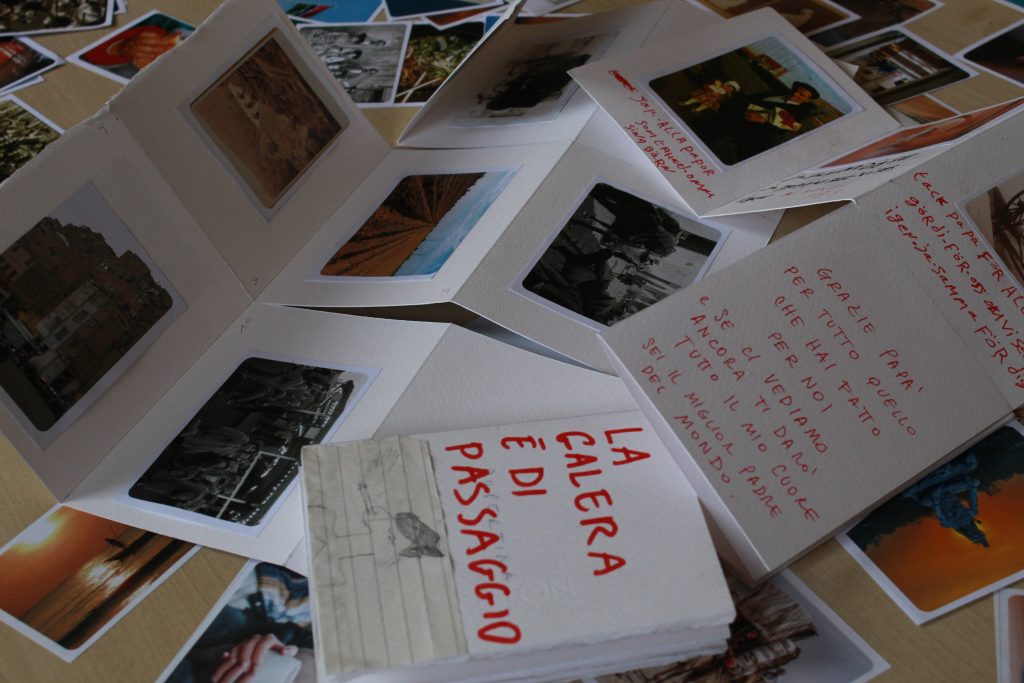
At the end of the project (end of 2024-beginning of 2025), an exhibition curated by Imagis Lab and Knitlab (Department of Design) will translate the mathematical model of the San Vittore system, elaborated on the basis of the collected data, into the languages of visual and multimedia representation and knitting stitches (partner: Gomitolo Rosa).
Another action already planned is the Mathematical Workshop, which will be offered in three editions of six meetings each. The focus will be on problem-solving and will involve working in small groups to encourage everyone's involvement and collaboration to solve a common problem together. The workshop will involve 2 mathematicians and about 12 participants. It is expected to start at the end of May 2024.
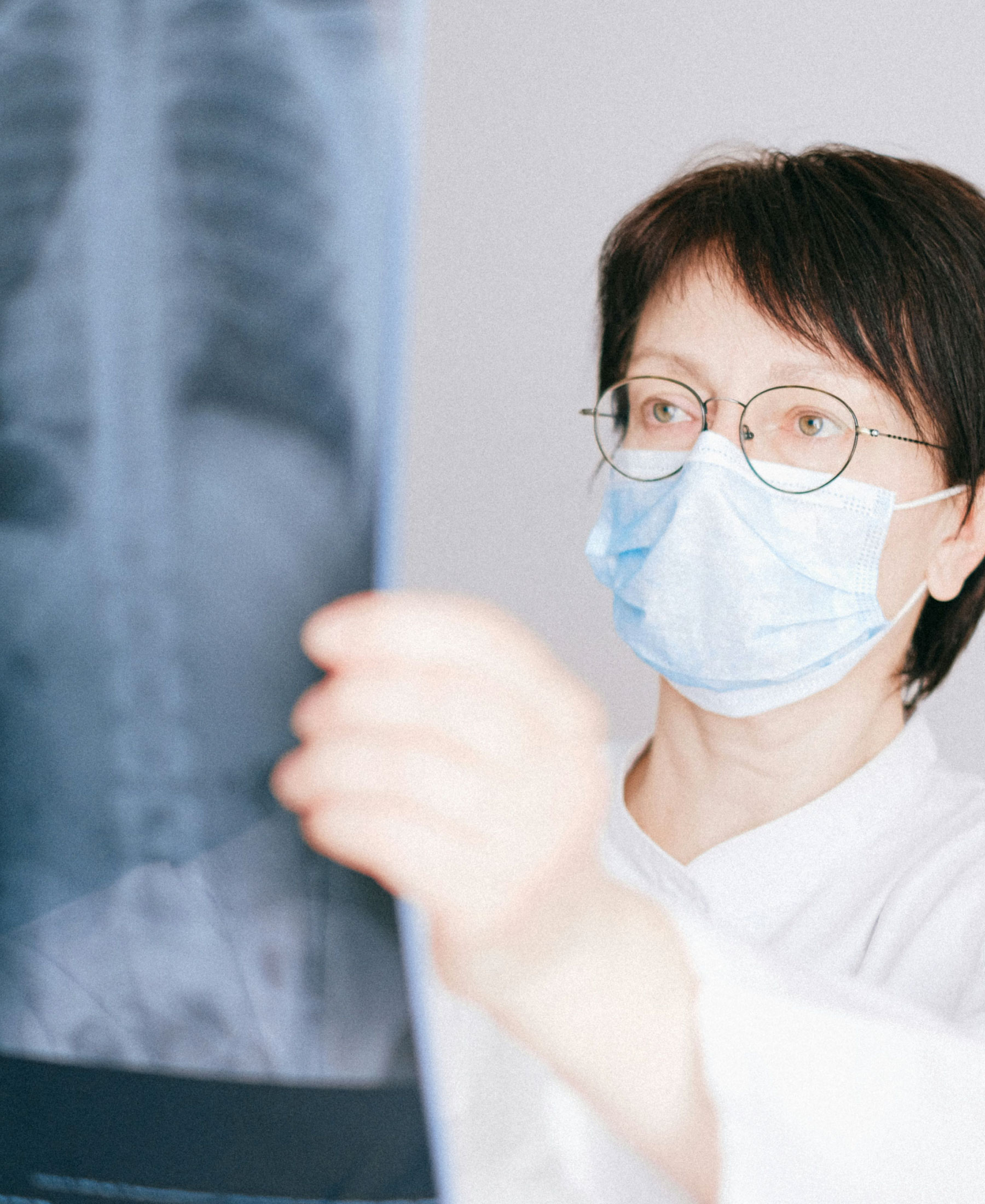
We all age, even our bones. From Polimi, a project to reckon with it

Every year, Politecnico di Milano selects five research projects with a high social impact and, with the financial contribution of people who choose to allocate their 5x1000 Irpef donations to the University, supports them during the implementation of concrete and incisive 'pilot experiences':
In 2022, for instance, we dealt with 'Local Development and Ecological Transition'. The five selected research groups have until the end of 2024 to concretise their ideas, which are usually short-term realisable projects, though aiming to be replicable and have a long-term effect.
Five projects: one to be developed in Milan, three in Africa and one in Brazil. Their common goal is to green our planet starting with very specific contexts: turning waste into fuel without cutting down trees; tackling climate change in cities; a project for a super-efficient farm that makes the best use of the land’s assets; techniques to breathe new life into a valley in Algeria by combining ancient knowledge and state-of-the-art technology; and cutting-edge orthopaedic solutions to improve health in Lombardy while saving money and respecting the environment.
They are:
PRESTO
PREVENTIVE AND ECOLOGIC ENGINEERING STRATEGIES FOR FRAGILE BONES: TOWARDS GREEN HEALTHCARE OBJECTIVES
The PRESTO project aims to develop preventive treatments and minimally invasive environmentally friendly approaches to curb bone fragilisation, a phenomenon which is linked, for example, to ageing and pathological conditions such as osteoporosis. Looking ahead, the ambition is to reduce the ecological and social impact (in particular the impact on the healthcare system) of fragility fractures through innovative approaches in the prevention and targeted treatment of these fractures.
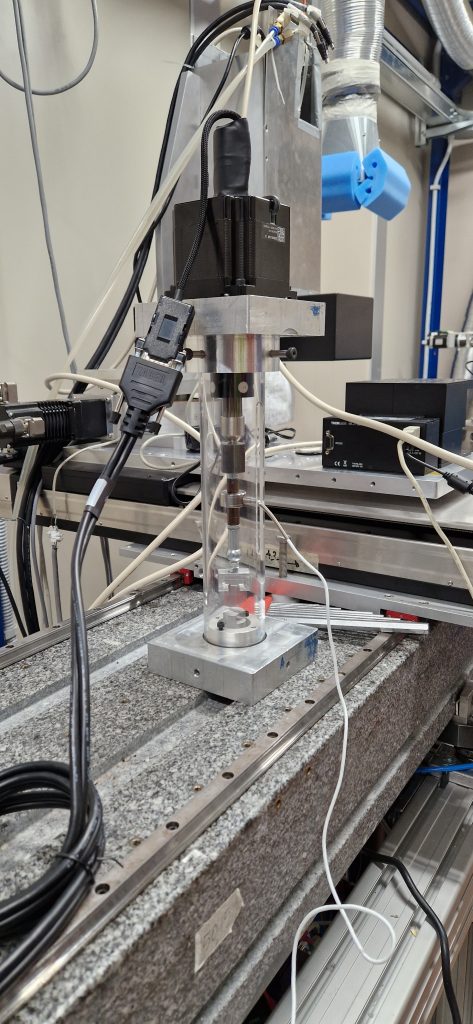
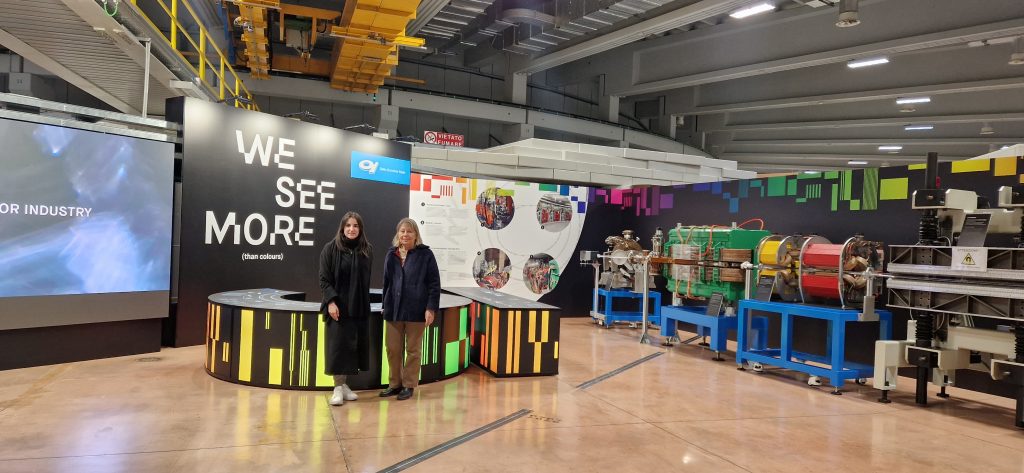
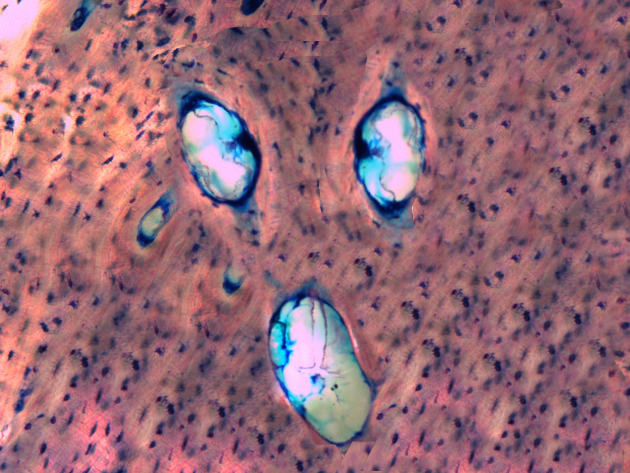
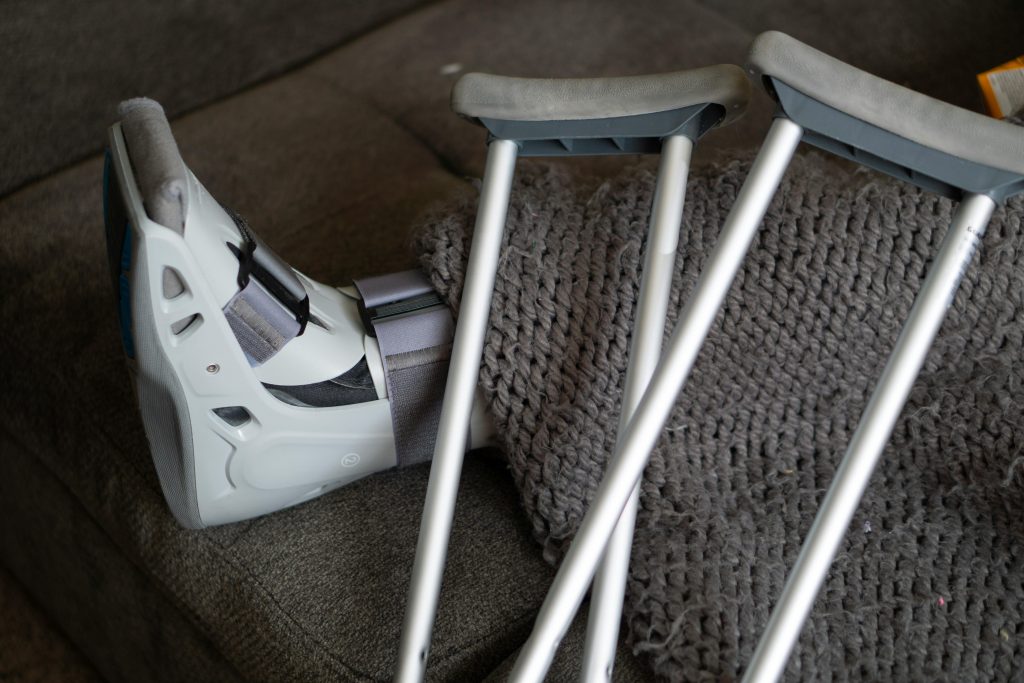
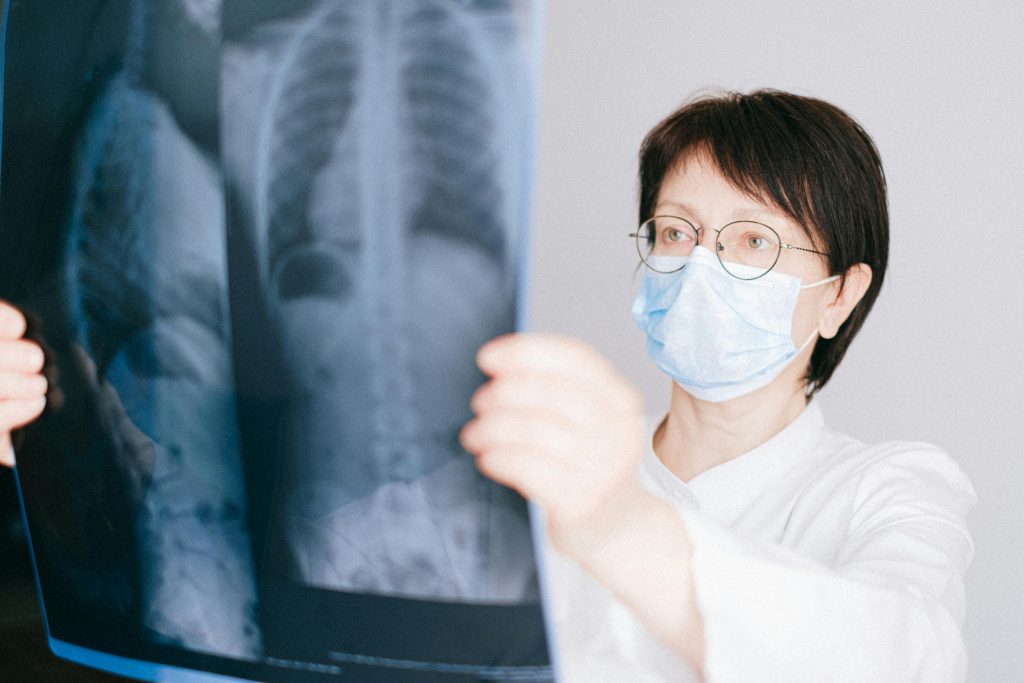
In the field of prevention, in recent months PRESTO has established a close connection between high-resolution synchrotron imaging and standard clinical practices, adopting a state-of-the-art methodology based on Artificial Intelligence.
With regard to treatment, PRESTO has succeeded in developing new tailor-made biodegradable materials designed according to the specific morpho-densitometric characteristics of each patient's bones. Real-time damage tests are planned shortly for the validation of the manufactured product.
In addition, PRESTO is currently quantifying the eco-social impact of frailty, directly involving clinicians, patients and caregivers in order to provide innovative tools for a future in which frail people can become active members of society again.
PRESTO's stimulating research is made possible by the active collaboration of the three departments DMEC, DIG and DEIB, together with the clinical and social bodies supporting the project.

QS UNIVERSITY RANKINGS, POLITECNICO DI MILANO REACHES ITS HIGHEST EVER POSITION
Politecnico di Milano achieves its highest ever position in the QS World University Ranking 2025. This year, the University is ranked 111th out of a total of 1,503 universities worldwide, climbing an incredible 12 places since last year. The rise in the world's most important university ranking continues: for the first time ever, Politecnico di Milano enters the top 8% of global universities of excellence.
This result was made possible by important factors that contributed to achieving this position. Politecnico di Milano ranks among the world's top 100 universities in terms of academic and business reputation. In fact, the University improved its Academic Reputation score from 94th to 90th position. As for the Employer Reputation, on the other hand, the leap corresponds to a whopping 17 places, up to 82nd position.
Positive results were also achieved for the International faculty, with 10 positions gained thanks to internationalisation actions and 251 positions gained for sustainability: this is the effect of the numerous actions carried out over the past year, many of which were promoted by the University's Strategic Sustainability Plan.
Politecnico di Milano's advancement in the QS global ranking is an achievement that rewards the University's efforts to offer more study and research opportunities for young people, at an increasingly high level. Thanks to our three-year Strategic Plan, we have also gained positions in the area of sustainability: this confirms that the path we have taken is the right one also from the social and environmental impact perspectives,
comments Donatella Sciuto, Rector of Politecnico di Milano.
A particularly significant fact is that this year, 5,663 universities from 106 countries around the world were analysed, compared to last year’s 2,963. This increase in the number of assessed institutions makes our result even more relevant, as it proves that Politecnico di Milano continues to excel in an increasingly international and competitive environment
These data confirm Politecnico di Milano's outstanding results, ranking among the world's top 25 universities in Design, Architecture and Engineering, according to the QS World University Rankings by Subjects 2024 published in April. In Design and Architecture, Politecnico ranks 7th; in Engineering, it ranks 23rd.
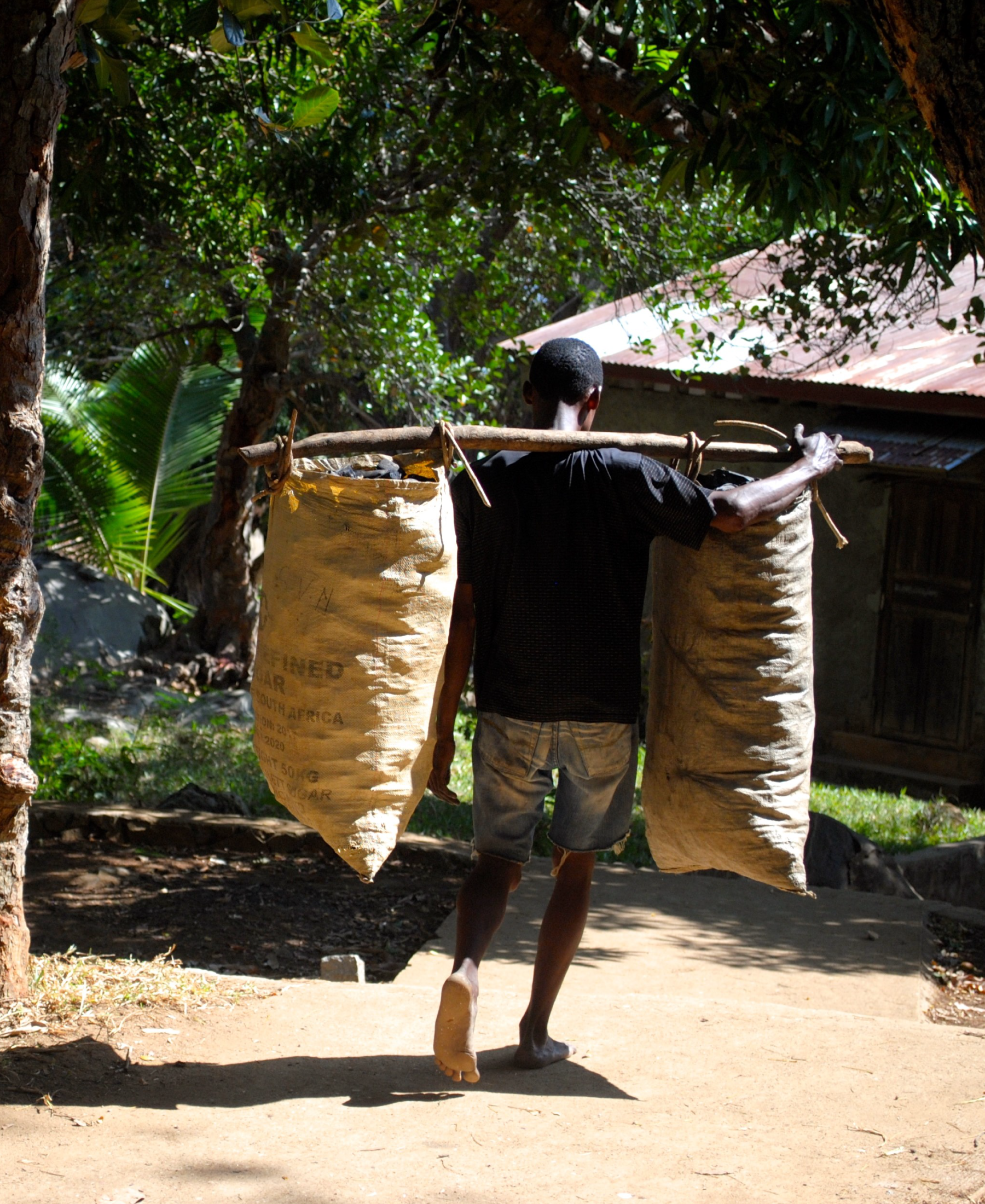
Generating energy from waste is possible thanks to Politecnico di Milano

Each year, the Politecnico di Milano selects 5 research projects with high social impact and, with the economic contribution of donors who choose to donate their 5 per mille Irpef to the University supports them in a phase of grounding “pilot experiences” with concrete impact.
In 2022, for instance, we dealt with 'Local Development and Ecological Transition'. The five selected research groups have until the end of 2024 to concretise their ideas, which are usually short-term realisable projects , though aiming to be replicable and have a long-term effect.
Five projects: one to be developed in Milan, three in Africa and one in Brazil. Their common goal is to green our planet starting with very specific contexts: turning waste into fuel without cutting down trees; tackling climate change in cities; a project for a super-efficient farm that makes the best use of the land’s assets; techniques to breathe new life into a valley in Algeria by combining ancient knowledge and state-of-the-art technology; and cutting-edge orthopaedic solutions to improve health in Lombardy while saving money and respecting the environment.
They are:
CHAR:ME
BIOCHAR AND BIOMASS-DERIVED PRODUCTS FROM WASTE AS SUSTAINABLE AND SAFE DOMESTIC FUEL
In developing countries, the use of wood and charcoal as fuel is one of the main causes of deforestation. Politecnico’s researchers, with the CHAR:ME project, aim to reduce it through the development and spreading of sustainable technologies for the recovery of solid fuel from organic waste. The case study examines a pilot experience on the island of Nosy Be, in the province of Antsiranana, north-western Madagascar, which is affected by intense exploitation of primary forests for the production of wood and charcoal used as fuel for domestic cooking. This practice is still causing considerable environmental and social damage: according to estimates, over the past 50 years Madagascar's forest cover reduced by 40%, with the consequent loss of biodiversity in one of the most valuable ecosystems globally, and anthropogenic emissions (a share of which is from domestic cooking) are estimated at 1-2.4 Gt CO2-eq per year, that is, 2-7% of the total. In addition, women and children spend an average of 2.2 hours per day on procuring fuel. The health risk is also very high due to the release of indoor pollutants (e.g., carbon monoxide, particulate matter), with 16,500 cases of premature death each year.
It is clear that streamlining the use of fuels would benefit the ecosystem and free up resources by allowing different activities for the population (including schooling).
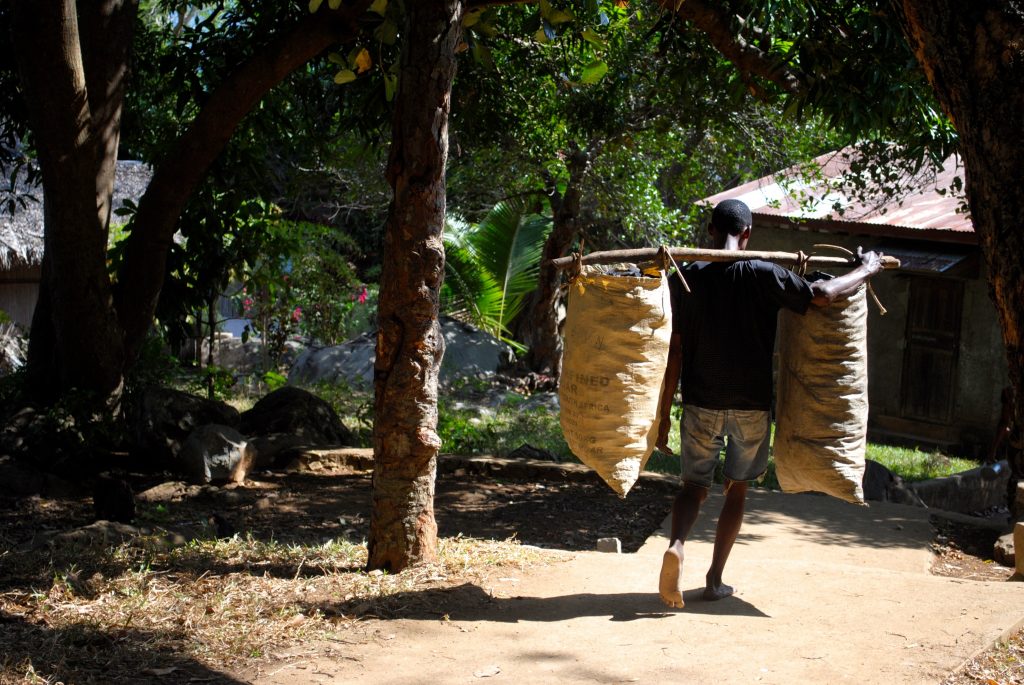
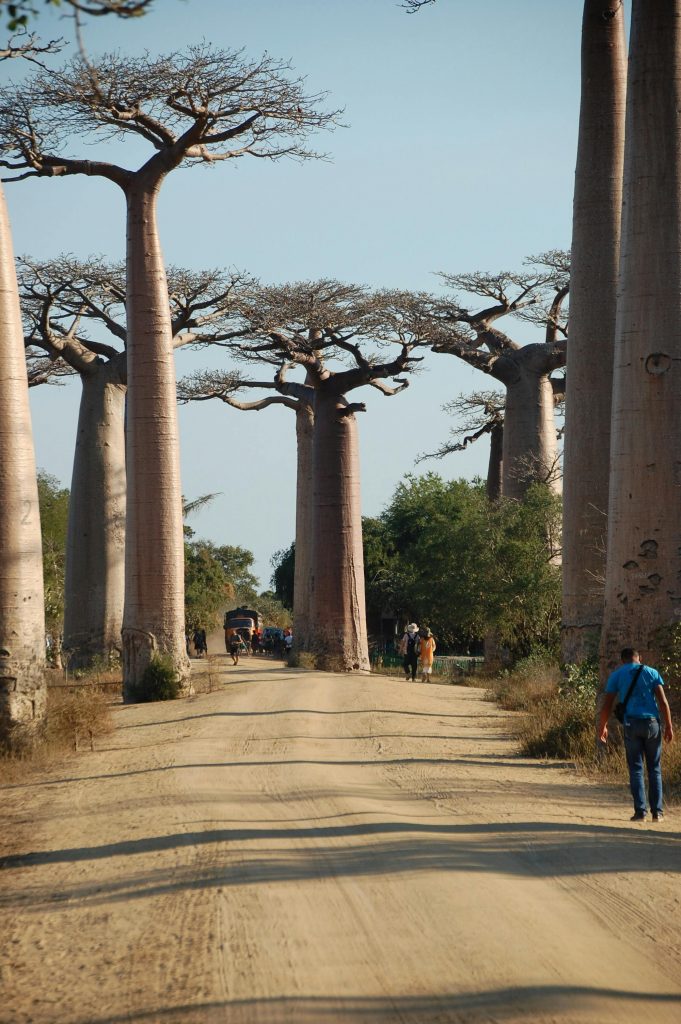
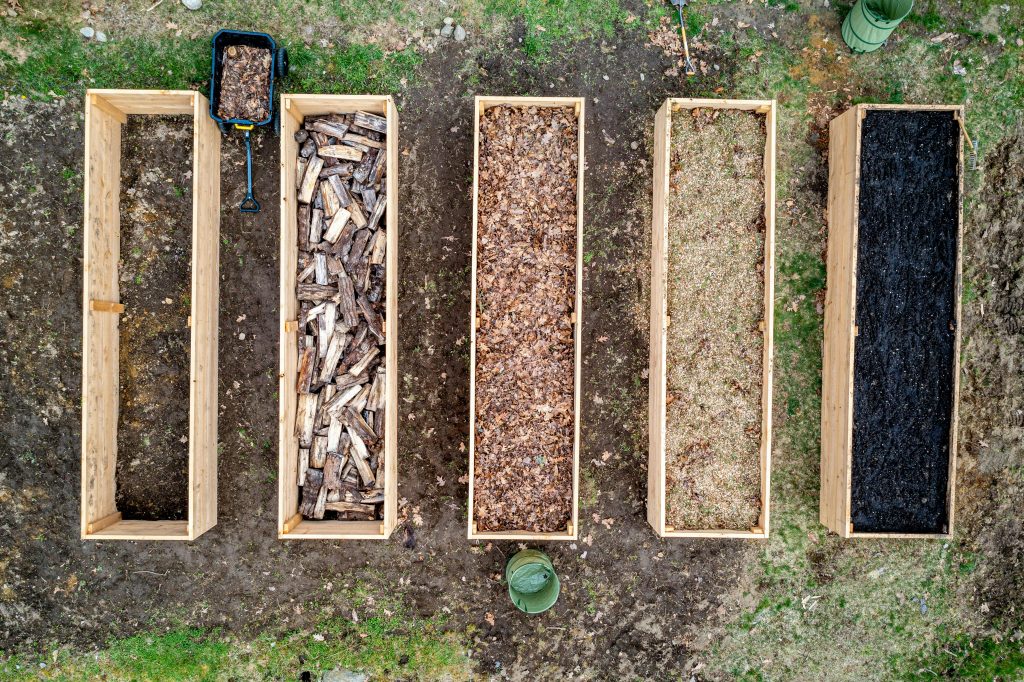
The solution proposed by CHAR:ME is to transform organic waste (which is currently pure waste and therefore has to be managed) into solid alternative fuels to wood and charcoal. These solid fuels will be produced in two ways: (1) biomass briquettes, obtained from the collection of waste subjected to mechanical and biodrying treatments, (2) coal briquettes, prepared by adding a biochar pyrolysis treatment into the same production chain (waste collected and treated centrally + pyrolysis treatment specifically designed and able to determine the simultaneous generation of heat for accessory uses). The fuels produced are intended for distribution to the local community for domestic use in the cooking systems currently in use, with the aim of promoting a virtuous circuit of waste recovery and processing, and preventing environmental and social impacts, including health impacts, in the context of the intervention.
Activities are conducted in close continuity with the application context and local stakeholders, taking due account of non-technical aspects. The next mission, scheduled for June 2024, will take a team of scientists and technicians from Politecnico to Madagascar.

